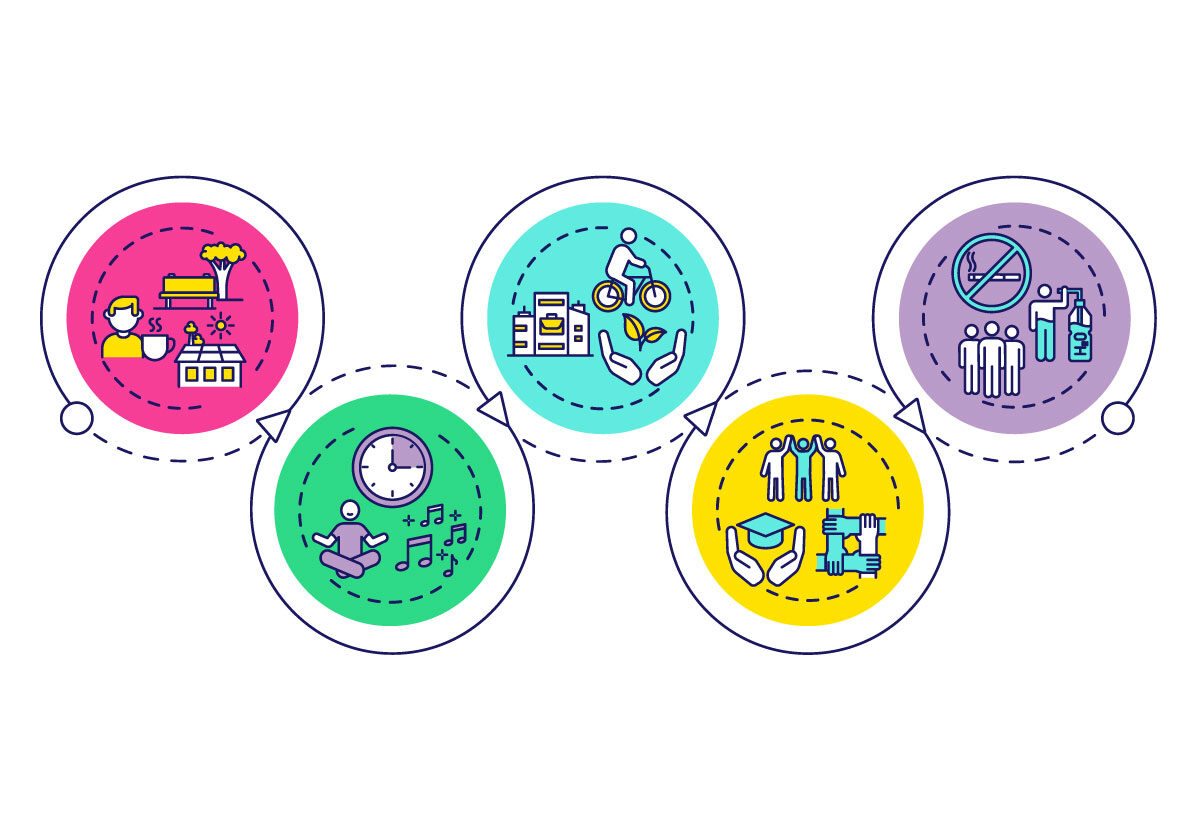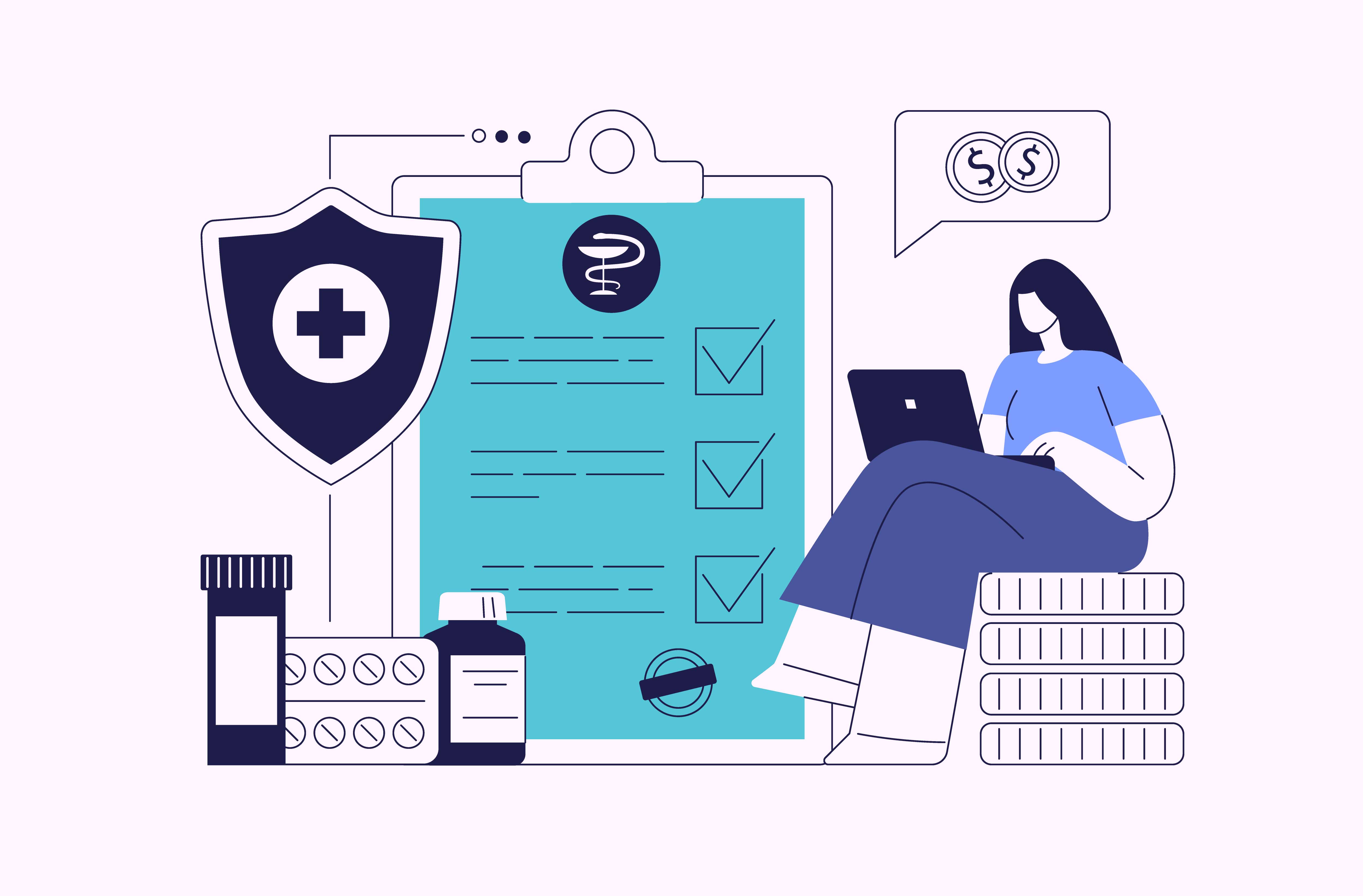What constitutes ‘the workplace’ has been redefined for many organizations. And in an environment where many employers are looking at a long-term hybrid workforce, prioritizing employee benefits in a way that balances cost and employee wellbeing will be one of the things that defines a successful organization.
The shift toward remote work has introduced complex considerations. Many employers are keen to get ahead of reactivity when it comes to employee wellbeing around workplace safety (when the workplace is your kitchen table), and the need for accessibility accommodations. As the traditional boundaries between work and home blur, companies find themselves navigating uncharted territory, while wanting to do right by their talent. One of the most critical aspects of this shift is the management of employee benefits - a domain that has undergone drastic changes in the hybrid work environment.
Make the shift from reactive decision-making to proactive decision-making.
Many times, SMEs may not yet have a clearly defined benefits philosophy, which acts as a guidepost for decision making, while aligning with business goals and culture. This may deter employers from proactively seeking out solutions and creating comprehensive benefits plans. To get ahead of the curve, consider this: instead of asking, "What if something happens?" ask, "How will we resolve this while staying true to our people philosophy?" Unexpected things can happen. It's how you react in accordance with what you set out as your guideposts that's key.
A reactive perspective, while understandable, can limit your organization's ability to support your employees effectively and equitably. For instance, consider the potential of high-cost drug claims impacting a company's bottom line. Instead of waiting for such a claim to occur, companies can take a proactive approach by exploring partnerships with healthcare providers or insurance companies that limit or reduce out-of-pocket costs. This approach not only helps manage financial risks but also provides peace of mind to employees, knowing their health is prioritized.
Identify the right type of benefits that work for your enterprise.
Strategic decision-making on what types of employee benefits work best for your organization is key. To do this, you must define what you want your plan to cover. For instance, you might decide that addressing the increasing prevalence of chronic illness in the workforce is important to your firm’s values and retention goals. To support this, you might prioritize removing obstacles to coverage that treat chronic illness, such as co-insurances or deductibles. (It is important to note here that chronic illnesses are not necessarily conditions like cancer, cystic fibrosis, or multiple sclerosis. It can also be diabetes, or depression, which are impact more of your employees.) Be aware of your plan’s potential gaps and set out your strategy as to how you will navigate them staying true to your benefits philosophy.
Take a moment to reflect on your organization's approach to employee benefits. Are you providing an environment where your people feel supported, secure, and valued? We’re ready to help, if needed. A member of our team will be happy to support you.



